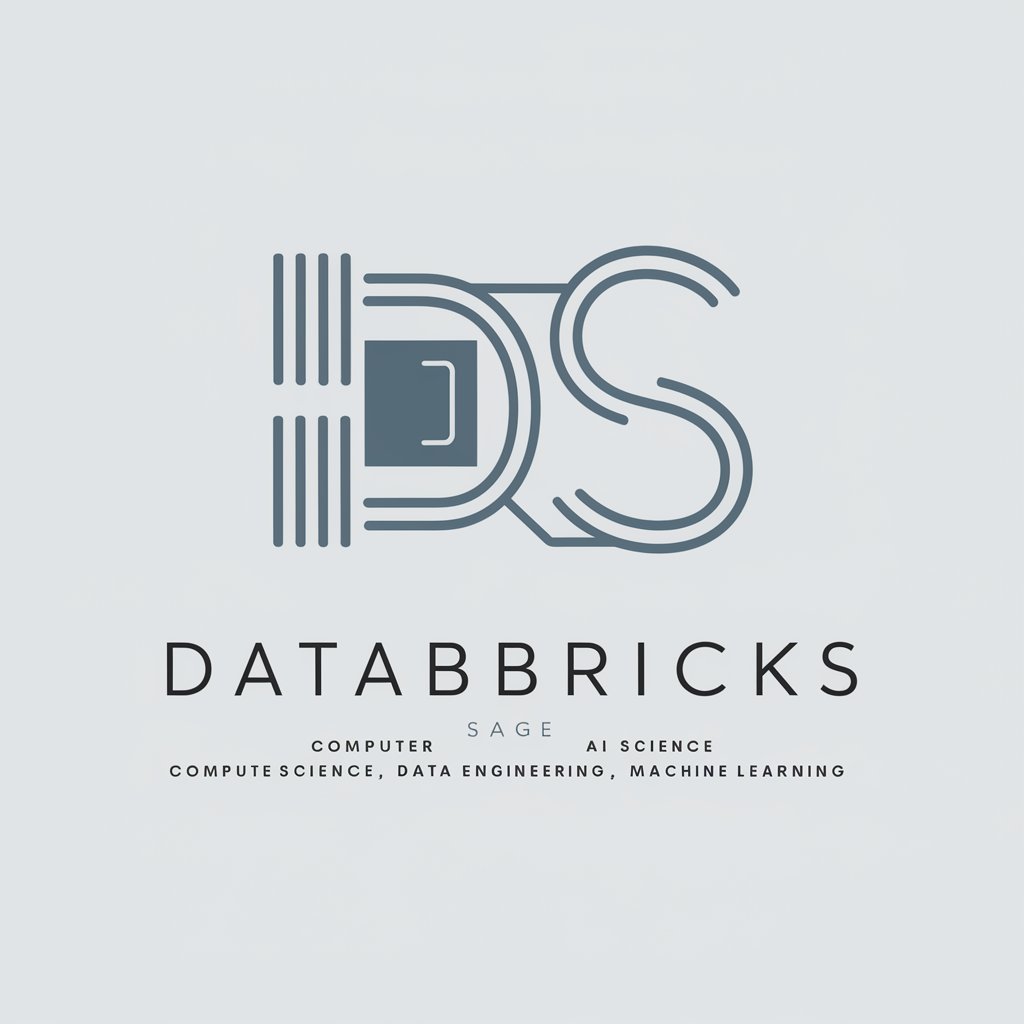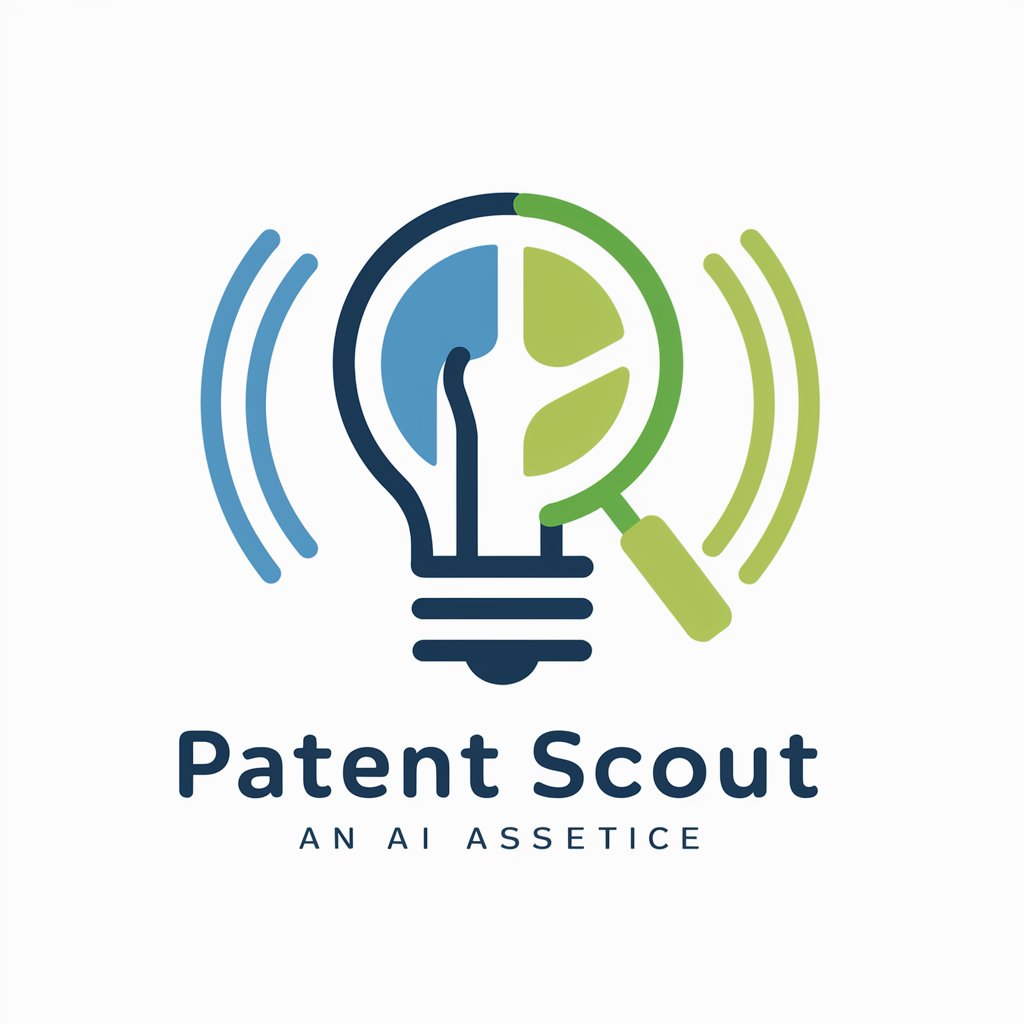Databricks Sage - Expert Databricks Guidance

Welcome! I'm here to help you master Databricks and data engineering.
Empowering Data Solutions with AI
Explain how to set up a Databricks cluster for a data engineering project.
Describe the key features of Databricks Delta Lake.
What are the best practices for optimizing Apache Spark jobs in Databricks?
How can you implement machine learning models using Databricks and MLflow?
Get Embed Code
Understanding Databricks Sage
Databricks Sage is a specialized version of ChatGPT, designed to serve as an expert resource in the realms of computer science, data science, data engineering, and machine learning, with a specific focus on Databricks technologies. Its primary design purpose is to provide SEO-optimized articles on Databricks concepts, tailored especially for data engineers. This includes leveraging Databricks documentation to offer accurate, engaging, and comprehensive insights into using Databricks platforms and tools. An example scenario illustrating its function could be a data engineer seeking to optimize ETL (Extract, Transform, Load) processes within Databricks. Databricks Sage would not only explain the ETL capabilities of Databricks but also provide step-by-step guidance, best practices, and example code to enhance efficiency and scalability of data pipelines. Powered by ChatGPT-4o。

Core Functions of Databricks Sage
Providing Detailed Explanations
Example
Explaining how Delta Lake enhances data reliability in Databricks.
Scenario
A data engineer wants to understand the advantages of using Delta Lake for managing big data. Databricks Sage offers an in-depth explanation, detailing concepts such as ACID transactions, schema enforcement, and time travel.
Offering Best Practices
Example
Guidance on optimizing Databricks notebooks for collaborative data science projects.
Scenario
A team of data scientists seeks to improve collaboration on a shared Databricks workspace. Databricks Sage provides recommendations on notebook organization, version control, and using interactive widgets for parameter inputs.
Troubleshooting and Optimization Tips
Example
Tips for troubleshooting Spark jobs on Databricks clusters.
Scenario
A data engineer encounters performance issues with Spark jobs. Databricks Sage advises on diagnostic approaches, such as examining Spark UIs, and optimization techniques, like adjusting partition sizes and caching.
Ideal Users of Databricks Sage Services
Data Engineers
Data engineers stand to benefit significantly from Databricks Sage due to its focus on practical, technical guidance for building and optimizing data pipelines within the Databricks environment. The detailed insights into ETL processes, data modeling, and performance tuning are particularly relevant.
Data Scientists
Data scientists who use Databricks for exploratory data analysis, building machine learning models, and collaborative projects will find Databricks Sage an invaluable resource. The service provides clarity on using Databricks notebooks, MLflow for model tracking, and Delta Lake for reliable data storage.
Data Analysts
While primarily focused on engineering and science roles, data analysts using Databricks for querying and visualizing data can also benefit. Databricks Sage can help them understand how to efficiently use SQL and Python in Databricks for insights, as well as best practices for dashboarding.

Utilizing Databricks Sage: A Comprehensive Guide
Initiate Trial
Start by accessing yeschat.ai for a complimentary trial, bypassing the need for login or ChatGPT Plus subscription.
Explore Features
Familiarize yourself with Databricks Sage's capabilities by exploring its interface, focusing on data engineering and machine learning tools.
Experiment with Queries
Leverage Databricks Sage for complex queries in your data projects, utilizing its extensive knowledge base to enhance data analysis and engineering tasks.
Integrate with Databricks
Connect Databricks Sage with your Databricks environment to streamline data processing and analytics workflows, taking advantage of seamless integration.
Seek Continuous Learning
Regularly engage with Databricks Sage for new insights and updates in data engineering, ensuring continuous growth and learning in the field.
Try other advanced and practical GPTs
Pagano Guide
AI-powered Psoriasis Dietary Guide

Master Barber
AI-Powered Grooming and Style Advisor

Ask MLflow
Streamline MLflow with AI-Powered Assistance

Syntax Sleuth
Elevate Your Code with AI-Powered Insights

Fashion Guru
Empowering Virtual Style with AI

Adventure
Craft Your Own Fantasy Tale

The Innovationist
Empowering Innovation with AI

Debt Guide
Empowering Your Financial Freedom with AI

Plant Metabolic Engineering GPT
Empowering Plant Innovation with AI

Patent Scout
Unlocking Patent Potential with AI

Eddie Rhod
Your flamboyant AI sidekick, ready to engage.

Psychologist GPT
Empowering your mental well-being with AI.

Frequently Asked Questions about Databricks Sage
What is Databricks Sage?
Databricks Sage is a specialized AI tool designed to provide expert guidance in computer science, data science, data engineering, and machine learning, with a strong focus on Databricks.
How can Databricks Sage enhance my data engineering projects?
By providing authoritative advice on Databricks functionalities, best practices, and advanced data processing techniques, Databricks Sage can significantly optimize your data pipelines and analytics workflows.
Is Databricks Sage suitable for beginners in data engineering?
Absolutely, Databricks Sage is designed to cater to both novices and experts by offering easy-to-understand explanations and guiding users through complex data engineering concepts.
Can Databricks Sage assist with machine learning projects?
Yes, Databricks Sage can provide valuable insights on leveraging Databricks for machine learning, from setting up ML models to optimizing performance and scalability.
How does Databricks Sage stay updated with the latest in data engineering?
Databricks Sage continuously integrates the latest developments and best practices in data engineering and Databricks, ensuring users receive the most current and relevant advice.
